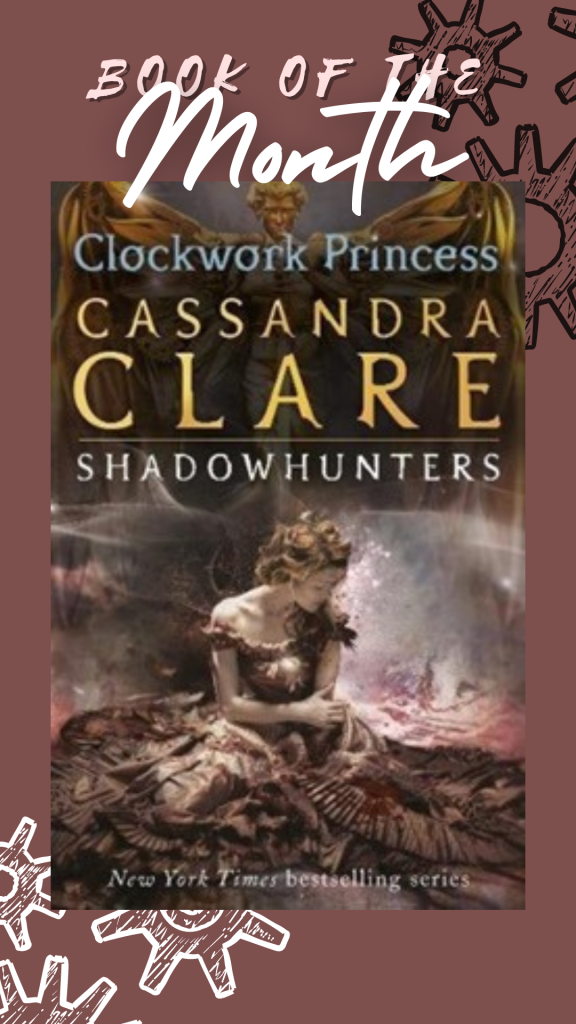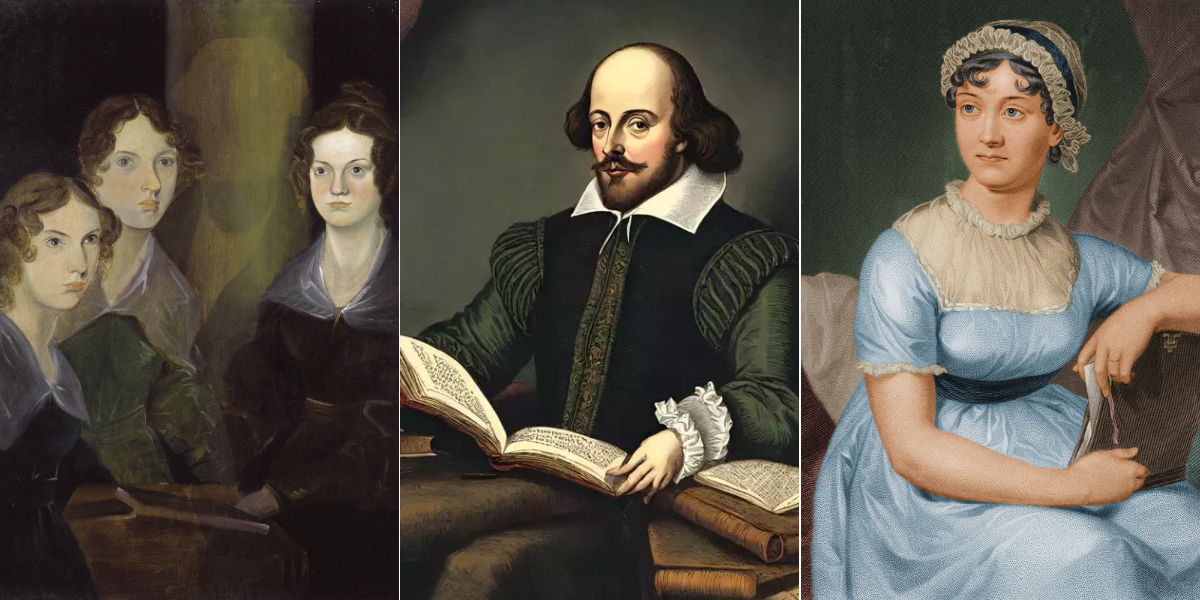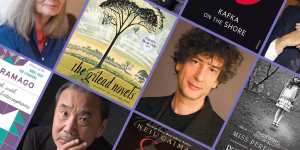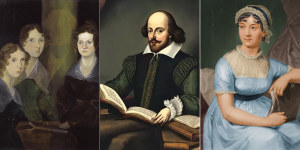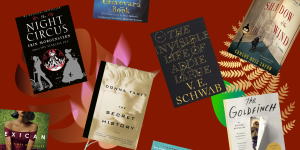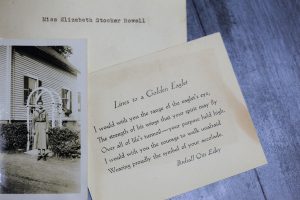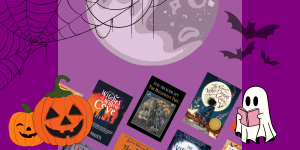In a world brimming with information, the art of informative writing stands as a guiding light, illuminating the path between knowledge and engagement. Defining the Importance of Informative Writing, it is the conduit through which ideas, facts, and insights find their way into the minds of readers, shaping perspectives and igniting curiosity. Whether we’re exploring the cosmos, delving into historical narratives, or dissecting scientific breakthroughs, Non-Fiction writing wields the power to bridge the gap between the complex and the comprehensible.
As we embark on this journey into the realm of words that inform and captivate, I uncover the secrets to Setting the Tone for Engaging Non-Fiction. Beyond the mere conveyance of facts, the true magic of non-fiction lies in its ability to weave a narrative that beckons readers to explore further, to lose themselves in the world of knowledge, and to emerge enlightened. Join us as I unravel the techniques that transform a mere recitation of facts into an eloquent dance of information and intrigue, unveiling The Art of Informative Writing and its profound impact on the way we understand the world around us.
Without further ado, let’s get started.
How To Write Engaging Non-Fiction
Unlock the door to compelling narratives and thought-provoking insights as we delve into the secrets of How To Write Engaging Non-Fiction.
1. Captivating Beginnings: Hooking Your Readers

Picture this: you’re strolling through a bustling market, surrounded by vibrant colours and enticing aromas. Suddenly, a stall catches your eye – its display radiates an air of mystery, beckoning you closer. Just like that, a well-crafted opening line in non-fiction writing serves as that intriguing stall, luring readers into a world of ideas and exploration.
The Power of the Opening Line:
In the vast landscape of written content, the opening line is your literary handshake, your first impression. It’s the moment when you beckon your reader to take that first step into the journey you’re about to embark upon together. Just as a captivating headline draws you into a news article, an opening line carries the weight of making your readers stay or wander away.
Using Anecdotes to Intrigue:
Imagine being at a dinner party, engrossed in a conversation. Someone leans in, their eyes gleaming with mischief, and whispers a tantalizing tale that instantly captures everyone’s attention. Anecdotes, these snippets of real-life stories, function similarly in writing. They add a touch of human connection, creating a bridge between the reader’s experiences and the topic at hand. Anecdotes have the power to evoke empathy, curiosity, and an eager desire to know more.
Posing Thought-Provoking Questions:
Ever found yourself pondering a question that seems to hang in the air, demanding an answer? Thought-provoking questions have an enchanting quality – they invite readers to pause, reflect, and engage deeply with the subject matter. Crafting such a question at the outset of your non-fiction piece propels your readers on a quest for understanding. It ignites their curiosity and primes their minds for the revelations to come.
Introducing Surprising Facts:
Think about the thrill of stumbling upon a hidden treasure – that rush of excitement and the delight of discovery. Introducing Surprising Facts in your opening line triggers a similar sensation. By revealing an unexpected nugget of information, you instantly disrupt your readers’ expectations, prompting them to lean in closer. Surprising facts challenge assumptions and set the stage for an exploration of the fascinating and the extraordinary.
In the art of informative writing, the beginning is not just a mere starting point; it’s a strategic invitation. It’s your opportunity to enchant, intrigue, and build a connection that compels your readers to join you on a journey of discovery. So, wield your opening lines with the finesse of a storyteller and the precision of an architect – for they hold the key to captivating beginnings and engaged minds.
2. Clarity and Simplicity: The Foundation of Engaging Non-Fiction

Imagine you’re navigating through a dense forest with a map in hand. The path ahead is obscured by tangled undergrowth and looming trees. Suddenly, you spot a clear, well-marked trail that leads you effortlessly through the wilderness. Just as that path provides guidance, clarity and simplicity serve as the guiding beacons in the realm of non-fiction writing.
The Art of Concise Communication:
In the vast expanse of information, simplicity shines like a guiding star. The Art of Concise Communication is the brushstroke that paints your ideas with precision and elegance. Every word, every sentence, is a brushstroke contributing to a masterpiece of understanding. When you strip away unnecessary embellishments, your message stands unobstructed, ready to resonate with your readers. Conciseness doesn’t sacrifice depth – it enhances it, allowing your ideas to shine with crystal clarity.
Breaking Down Complex Ideas:
Imagine you’re assembling a puzzle with intricate pieces. Each piece, while complex on its own, forms part of a larger, comprehensible picture. Similarly, Breaking Down Complex Ideas is about disassembling intricate concepts and presenting them in digestible portions. It’s the art of unravelling intricate threads, weaving them into a coherent narrative that readers can follow without stumbling. By breaking down the complex, you empower your readers to grasp even the most intricate subject matter.
Avoiding Jargon and Overcomplication:
Think of jargon as a language spoken only by a select few – it erects barriers rather than bridges. In the world of non-fiction, Avoiding Jargon and Overcomplication is akin to offering a helping hand across those barriers. You’re inviting readers from various backgrounds to partake in the conversation, ensuring that no one feels left behind. By opting for clear, everyday language, you not only convey your expertise but also foster a sense of inclusivity and accessibility.
In the symphony of informative writing, clarity and simplicity are the harmonious notes that resonate with readers. They are the tools that transform the complex into the comprehensible, the tangled into the approachable. So, wield the power of concise communication, break down the walls of complexity, and navigate the path free of jargon – for in doing so, you forge a connection that transcends words and leads your readers toward enlightenment.
3. Weaving Narratives: Storytelling Elements in Non-Fiction

Imagine you’re gathered around a campfire, surrounded by eager listeners. As the flames dance, a masterful storyteller weaves a tale that transports you to distant lands, igniting your imagination. Just as that storyteller captivates with their narrative, so too can storytelling elements enrich the realm of non-fiction writing.
The Narrative Thread in Informational Writing:
At the heart of engaging non-fiction lies The Narrative Thread – a delicate yet powerful string that binds facts and ideas into a coherent, compelling whole. Think of it as the backbone of your piece, guiding readers through the labyrinth of information. By infusing your work with a narrative structure, you create a logical progression, allowing readers to follow along, anticipating what comes next. This thread provides context, clarity, and a sense of purpose, transforming your writing from a collection of data to an enthralling journey.
Crafting Compelling Case Studies:
Consider a detective piecing together clues to solve a mystery. In much the same way, Crafting Compelling Case Studies invites your readers to embark on a quest for understanding. By presenting real-life examples and detailed scenarios, you breathe life into abstract concepts. Readers become detectives themselves, dissecting the evidence you lay before them. Case studies offer a tangible context, enabling readers to explore complexities and draw their conclusions.
Infusing Personal Stories for Relatability:
Picture a friend sharing a personal experience that resonates deeply with you. Personal stories have an unparalleled ability to forge connections, and in non-fiction writing, they serve as bridges between facts and emotions. Infusing Personal Stories for Relatability humanizes your content, inviting readers to empathize and connect on a personal level. Just as a storyteller’s anecdotes make a tale memorable, your stories enrich your writing, making it relatable and unforgettable.
In the symphony of non-fiction, weaving narratives is the conductor’s baton that orchestrates a harmonious blend of information and emotion. The narrative thread binds readers to your words, compelling them to journey further. Crafted case studies illuminate the path, allowing readers to explore complex concepts. Personal stories, like stars in the night sky, provide points of connection, making your work not just informative, but deeply human. So, embrace the art of weaving narratives, for in doing so, you guide your readers on an unforgettable voyage through the landscapes of knowledge and imagination.
4. Visual Appeal: Enhancing Understanding with Graphics
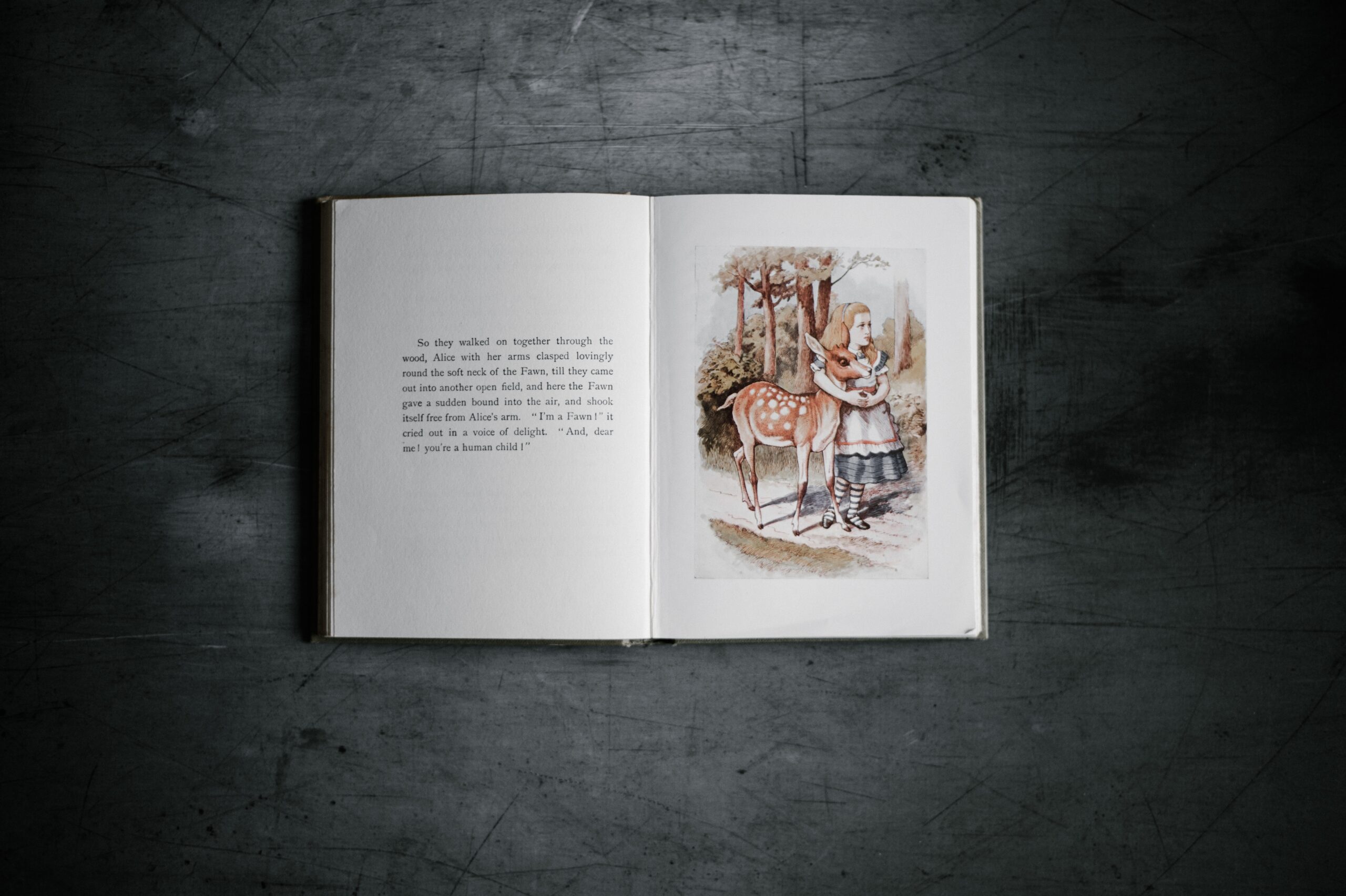
Imagine you’re exploring an intricate maze, every twist and turn filled with mystery. Suddenly, you come across a beautifully detailed map that not only guides you but also sparks a sense of wonder. Just as that map aids your navigation, visual elements in non-fiction writing play a vital role in enhancing understanding and sparking curiosity.
Visuals as Complementary Tools:
In the realm of informative writing, Visuals are like trusted allies, standing by your side to illuminate the path ahead. They serve as Complementary Tools, enhancing your words and transforming complex concepts into accessible insights. A well-chosen image, diagram, or illustration can speak volumes, providing a visual anchor that guides readers through the sea of information. By harnessing the power of visuals, you invite readers to engage with your content on multiple levels, igniting a deeper connection.
Using Charts and Graphs for Clarity:
Think of data as a puzzle waiting to be solved. Charts and graphs are the puzzle pieces that align perfectly, revealing patterns, trends, and correlations. When Using Charts and Graphs for Clarity, you’re simplifying the intricate, making it easy for readers to grasp even the most intricate details. Bar graphs, line charts, pie charts – each of these visual aids serve as a translator, converting raw data into a language everyone can understand.
Real-World Examples Amplified with Visual Aids:
Consider the excitement of exploring a new city with a detailed map in hand. Similarly, Real-World Examples, when amplified with Visual Aids, provide a roadmap to understanding. Imagine describing a complex scientific process: a visual representation not only breaks it down into manageable steps but also allows readers to witness the magic unfold before their eyes. Visuals breathe life into examples, making them tangible and memorable.
In the symphony of non-fiction, visual appeal is the artist’s palette, adding vibrant hues and texture to your canvas of words. Visuals as Complementary Tools enhance comprehension, ensuring your message resonates. Charts and graphs unravel the mysteries of data, making it accessible to all. Real-World Examples, brought to life with visual aids, transport readers to new realms of understanding. So, embrace the art of enhancing your writing with visuals, for in doing so, you create a tapestry of knowledge that captivates the eyes and enriches the mind.
5. Analogies and Metaphors: Bridging Understanding

Imagine you’re a traveller in a foreign land, surrounded by unfamiliar sights and sounds. Suddenly, a friendly local appears and compares the bustling market to a symphony, the different vendors playing unique instruments. Instantly, the scene comes alive in your mind. Just as that analogy paints a vivid picture, Analogies and Metaphors in non-fiction writing act as cultural translators, illuminating the abstract and guiding readers toward clarity.
Simplifying Concepts with Analogies:
In the vast realm of information, complex ideas can often seem like dense forests. Analogies are the maps that lead you through these uncharted territories. By Simplifying Concepts with Analogies, you’re taking the intricate and pairing it with the familiar. Just as comparing a computer’s memory to a filing cabinet helps you grasp the concept, readers too find solace in relatable comparisons. Analogies bridge the gap, turning bewildering topics into friendly acquaintances.
Metaphors: A Path to Engaging Abstraction:
Think of a metaphor as a bridge suspended between two distant islands. When you embark upon Metaphors: A Path to Engaging Abstraction, you’re constructing a bridge that connects the concrete to the abstract. A metaphor grants wings to your words, allowing them to soar above the mundane and into the realm of imagination. By likening a journey to a tapestry woven from experiences, you’re weaving a tapestry of understanding in your readers’ minds.
Navigating the Terrain of Complex Subjects:
Imagine traversing a mountain range, each peak representing a different facet of a complex subject. Navigating the Terrain of Complex Subjects is like embarking on an expedition equipped with a compass of metaphors. As you ascend through layers of understanding, metaphors serve as signposts, guiding your readers toward new perspectives. They provide context, making the unfamiliar less daunting and the intricate more approachable.
In the grand symphony of non-fiction, analogies and metaphors is the melody that lingers, resonating in the minds of readers. Just as a skilled tour guide unveils the heart of a foreign city, your use of analogies and metaphors unveils the heart of intricate ideas. Through these linguistic companions, you turn the unknown into the known, the abstract into the relatable. So, embrace the art of crafting analogies and metaphors, for in doing so, you illuminate the path toward profound understanding.
6. Voices of Authority: Incorporating Dialogue and Quotes

Imagine standing in a grand library, surrounded by shelves laden with ancient tomes. As you open a book, the words of wise scholars echo through the ages, enlightening your mind. Just as those voices of authority resonate in a library, so too can Dialogue and Quotes breathe life into non-fiction writing, infusing it with authenticity and depth.
Direct Quotes: Authenticity and Impact:
In the tapestry of information, Direct Quotes are the threads woven by experts, luminaries, and individuals with a wealth of knowledge. They are Authenticity incarnate, offering a direct link to voices of authority. When you incorporate a direct quote, you’re essentially inviting an expert into the conversation. It’s like having a renowned historian share their insights at your dinner table – their words resonate with impact, lending weight and credibility to your narrative.
Adding Depth with Well-Chosen Dialogue:
Imagine a stage where characters engage in animated conversations, revealing their motivations, fears, and dreams. Well-Chosen Dialogue in non-fiction serves a similar purpose. It adds layers of depth to your content, offering glimpses into the minds of those who’ve walked the path you’re exploring. Dialogue allows you to explore differing viewpoints, painting a rich tapestry of perspectives and enriching the narrative with human emotion.
Blending Quotes Seamlessly into Your Narrative:
Think of your non-fiction piece as a carefully choreographed dance, with quotes as the elegant movements that elevate the performance. Blending Quotes Seamlessly into Your Narrative is like incorporating graceful steps into a routine. When a quote fits naturally within your text, it becomes an integral part of the story. It doesn’t disrupt the flow; rather, it enhances it. Skilful integration of quotes ensures a harmonious narrative where voices of authority become harmonious notes.
In the symphony of informative writing, Dialogue and Quotes are the echoes of minds that have shaped our understanding of the world. Just as a choir’s harmonious voices blend to create a beautiful melody, so do these voices of authority blend with your words, elevating your writing to new heights. Through direct quotes, you forge connections with experts. Well-chosen dialogue breathes life into your content. Seamlessly blending quotes turns your work into a symphony of wisdom. So, embrace the art of incorporating voices of authority, for in doing so, you transform your writing into a captivating chorus of knowledge and insight.
7. The Writer’s Voice: Active Tone and Engaging Style
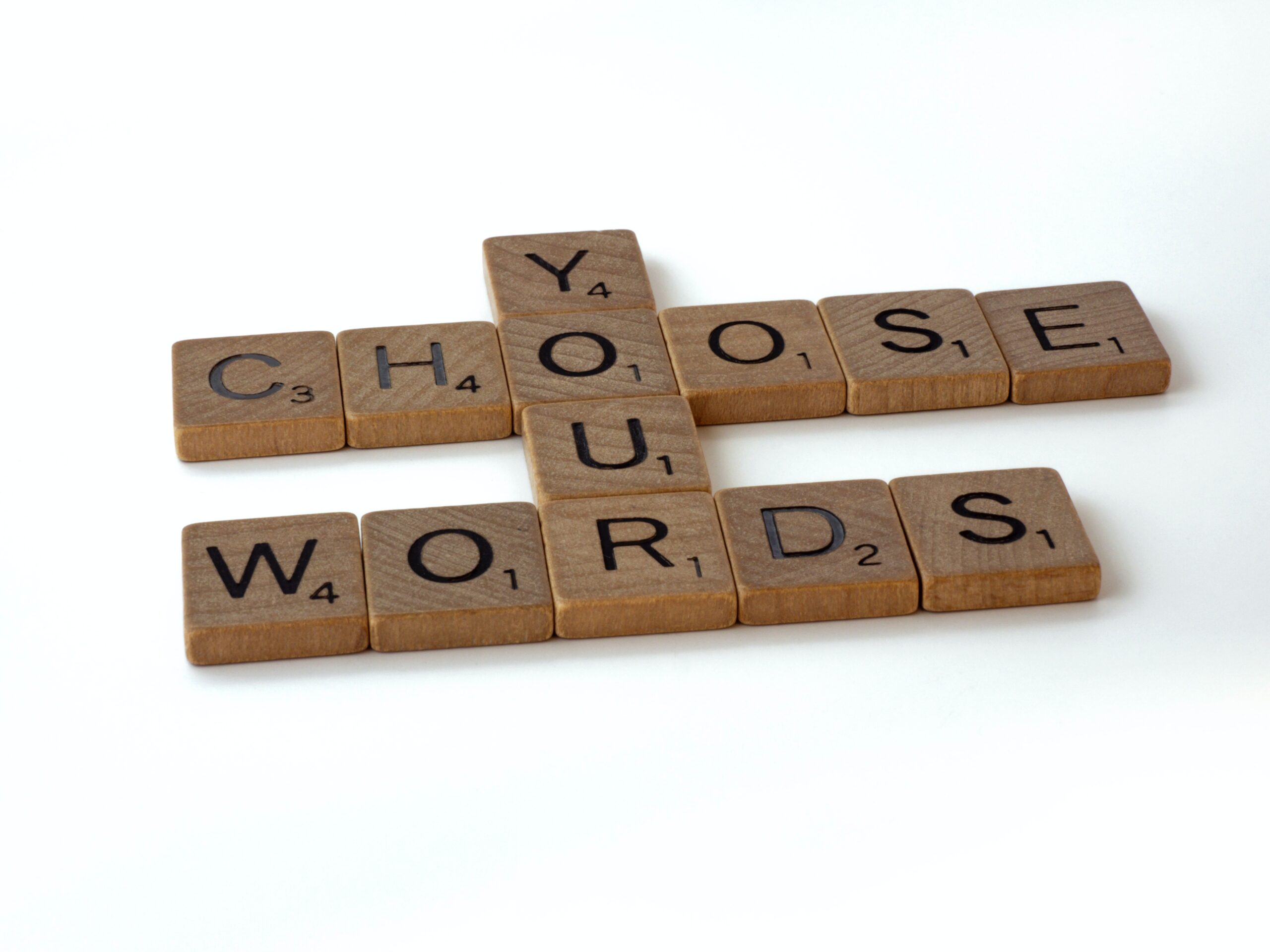
Imagine attending a lively gathering where an enthusiastic speaker regales the crowd with stories, drawing you into their world. Just as that speaker’s tone captivates and engages, so too can The Writer’s Voice infuse your non-fiction writing with vibrancy and connection.
Mastering the Active Voice:
In the realm of written communication, the Active Voice is your trusty steed – swift, direct, and commanding attention. When you Master the Active Voice, you’re propelling your words into action. Instead of saying “The book was read by many,” you declare “Many read the book.” This shift injects dynamism, making your sentences crisp and engaging. Active voice empowers your writing, driving your message forward with confidence.
A Conversation with the Reader:
Imagine sitting across from a close friend, engaged in a heart-to-heart conversation. The Writer’s Voice transforms your words into a similar exchange, forging A Conversation with the Reader. Your sentences become sentences of understanding, not dictation. Your paragraphs are invitations, not monologues. Engaging with your reader as if you’re sitting face-to-face creates a bond, sparking a sense of camaraderie and mutual discovery.
Balancing Formality and Approachability:
Think of your writing as a well-set table: Formality and Approachability are the elegant and welcoming elements that coexist harmoniously. Balancing Formality and Approachability is like preparing a feast that satisfies both refined palates and hearty appetites. Striking this balance ensures that your writing remains respectful and authoritative while remaining accessible and relatable. Your words become a warm invitation to explore, learn, and connect.
In the symphony of non-fiction, The Writer’s Voice is the conductor that orchestrates a melodious blend of words and emotions. Mastering the active voice adds a dynamic rhythm to your prose. Creating a conversation with the reader infuses your work with intimacy and understanding. Balancing formality and approachability sets the stage for a harmonious exchange. So, embrace the art of crafting your writer’s voice, for in doing so, you’re not just communicating facts – you’re inviting readers on a journey of discovery, with every sentence a stepping stone toward deeper understanding.
READ MORE: How To Fix Passive Voice (& Improve Your Writing)
8. Building Suspense and Tension: Keeping Readers Intrigued

Imagine standing at the edge of a precipice, gazing into the depths below. Your heart quickens as you step closer, drawn by a sense of mystery and excitement. Just as that moment of anticipation captivates your senses, so too can Building Suspense and Tension infuse your non-fiction writing with an irresistible allure, keeping readers on the edge of their seats.
The Art of Controlled Revelation:
In the world of storytelling, revealing all at once is like unravelling a grand magic trick in a single flourish. The Art of Controlled Revelation, however, is the magician’s carefully choreographed act. It’s the slow unveiling of secrets, the deliberate unfurling of mysteries. By controlling when and how you reveal information, you guide your readers through a labyrinth of curiosity and wonder. The anticipation you build becomes a magnetic force, pulling them deeper into your narrative.
Planting Seeds of Anticipation:
Think of your writing as a garden, with every word a seed waiting to blossom. Planting Seeds of Anticipation is like sowing these seeds, each one a promise of wonders yet to come. As you drop hints, foreshadow events, and create unanswered questions, you’re cultivating a sense of curiosity that blooms with each turn of the page. Readers become explorers, eager to discover the hidden treasures you’ve prepared for them.
Delivering Satisfying Payoffs:
Imagine a climactic scene in a movie, where tension reaches its zenith, and the resolution feels like a burst of confetti. Delivering Satisfying Payoffs is akin to crafting these exhilarating moments in your writing. Just as the grand reveal in a magic trick leaves audiences in awe, your well-timed reveals and resolutions leave readers feeling fulfilled. Payoffs satisfy the hunger for answers, rewarding readers for their investment in your narrative journey.
In the symphony of non-fiction, Building Suspense and Tension is the composer’s skilful arrangement that keeps hearts racing and minds engaged. The Art of Controlled Revelation weaves a web of intrigue, holding readers captive. Planting Seeds of Anticipation nurtures a hunger for discovery. Delivering Satisfying Payoffs is the grand finale that leaves readers with a sense of fulfilment. So, embrace the art of suspense, for in doing so, you orchestrate a symphony of emotions that transforms your non-fiction writing into a mesmerizing journey of anticipation and revelation.
9. Addressing Differing Perspectives: Navigating Counterarguments

Imagine you’re at a lively debate, where ideas clash and minds engage in a dance of discourse. Just as that exchange of viewpoints sparks intellectual growth, so too can Addressing Differing Perspectives infuse your non-fiction writing with depth and credibility, guiding readers through a landscape of diverse ideas.
Respectful Acknowledgment of Opposing Views:
In the realm of informed discussion, Respectful Acknowledgment of Opposing Views is your passport to a realm of balanced discourse. It’s the nod of recognition you give to those who see the world from a different angle. By acknowledging differing perspectives, you show readers that you’re willing to engage in thoughtful dialogue, fostering an environment where ideas are explored rather than dismissed.
Using Counter Arguments to Strengthen Your Point:
Think of your argument as a sturdy bridge, spanning a river of differing opinions. Using Counter Arguments is like fortifying that bridge, reinforcing its foundations. By addressing counterarguments head-on, you bolster your viewpoint. Just as a blacksmith tempers steel to make it resilient, your exploration of counterarguments tempers your argument, making it more robust and compelling. Counterarguments become stepping stones that lead readers toward your conclusion.
Bridging Divides with Diplomatic Discourse:
Imagine a bridge that connects two distant shores, allowing travellers to cross with ease. Bridging Divides with Diplomatic Discourse is like constructing such a bridge in your writing. You’re building connections, fostering understanding, and facilitating dialogue. By presenting counterarguments diplomatically and respectfully, you invite readers to explore a spectrum of ideas, creating a tapestry of thought where differences are celebrated rather than silenced.
In the symphony of non-fiction, Addressing Differing Perspectives is the conductor’s baton that orchestrates a harmonious exchange of ideas. Respectful Acknowledgment of Opposing Views sets the tone for intellectual exploration. Using Counterarguments to Strengthen Your Point adds layers of depth to your argument. Bridging Divides with Diplomatic Discourse ensures that your words resonate across diverse minds. So, embrace the art of addressing differing perspectives, for in doing so, you create a symphony of thought where the melody of understanding is played in vibrant harmony.
READ MORE: Complete Writer’s Guide: How To Write Different POVs In Your Book
The Intersection of Information and Engagement
In the realm of non-fiction, where knowledge meets curiosity, we’ve explored the delicate art of crafting engaging narratives. From the moment of Captivating Beginnings to the precision of Analogies and Metaphors, we’ve harnessed Visual Appeal and woven the magic of Dialogue and Quotes. The Writer’s Voice has spoken, Suspense and Tension have held us captive, and diverse perspectives have harmonized.
Summarizing Techniques for Engaging Non-Fiction:
As we conclude this journey, let’s recap the valuable techniques that infuse life into non-fiction. We’ve learned to captivate with powerful openings, simplify with vivid analogies, and integrate diverse voices through quotes. We’ve painted with visuals, engaged with dialogue, and balanced formal and approachable tones. Suspense has kept us intrigued, and respectful discourse has bridged differences.
The Ongoing Journey of Skillful Informative Writing:
But this is merely a stepping stone in the vast terrain of skilful informative writing. The path ahead is an invitation to refine these skills, to meld information and engagement in even more compelling ways. As you continue this journey, remember that every piece you craft is a testament to your ability to enlighten, inspire, and foster understanding.
In the symphony of words, you are the composer, creating harmonies of insight and curiosity. Embrace the techniques, cultivate your voice, and embark on the ongoing journey of skilful informative writing. As you tread this path, may your words echo through the corridors of knowledge, uniting minds and shaping the landscape of understanding for generations to come.
Applying the Art: Your Turn to Engage

As we conclude our journey through the realms of informative writing, the spotlight now shines upon you, the intrepid creator ready to embark on your literary odyssey. The canvas of words awaits your touch and the techniques we’ve unveiled stand ready to be your allies in crafting compelling non-fiction.
Inviting Readers to Apply Techniques:
Consider this your playground of possibility, a space where your imagination can dance freely. The magic of writing is in your hands, and Inviting Readers to Apply Techniques empowers you to wield the tools of captivating beginnings, analogies, and vivid narratives. Allow your words to weave a symphony that resonates with readers, inviting them to explore, reflect, and connect.
Sharing Personal Experiences and Insights:
Your unique experiences and wisdom are precious gems, waiting to be unearthed and polished. As you set forth on your writing journey, don’t hesitate to draw from your well of life. Sharing Personal Experiences and Insights adds authenticity and relatability to your work, creating a tapestry woven with the threads of your perspective.
Fostering a Discussion on Engaging Non-Fiction:
Picture a circle of eager minds gathered around a literary bonfire, where thoughts dance like sparks in the night sky. Fostering a Discussion on Engaging Non-Fiction invites you to take the role of the guide, the catalyst for meaningful conversation. Kindly pose questions, offer insights, and create a haven for writers and readers alike to explore the art of crafting prose that enlightens and enthralls.
In this final act of our narrative, remember that every word you inscribe holds the potential to ignite curiosity, shape understanding, and spark bonds that transcend the pages. The techniques we’ve unveiled are your companions, your instruments of creation. Now, as the curtain falls on our exploration, it rises on your journey of applying the art. With kindness and creativity, step onto this stage of expression and let your voice resonate, for the world of engaging non-fiction beckons, and it’s your turn to cast the enchanting spell of words.


